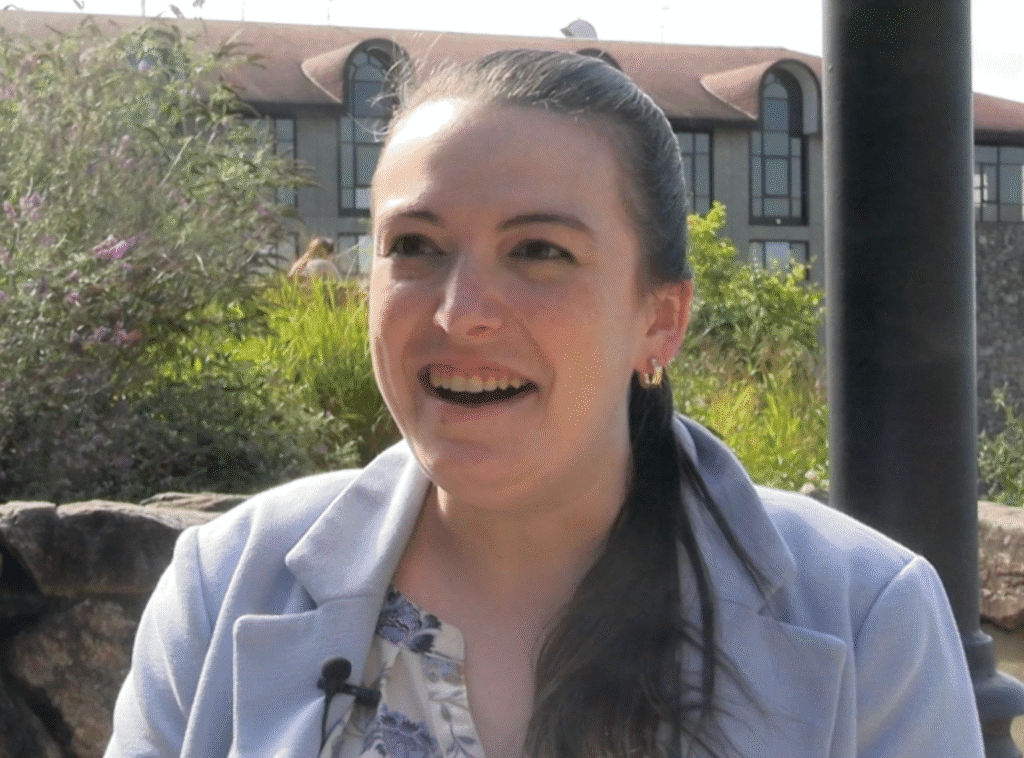Understanding Pediatric Acne and Hidradenitis Suppurativa: Insights for Parents and Healthcare Providers
Pediatric dermatology can be complex, especially when addressing conditions such as pediatric acne and hidradenitis suppurativa (HS). Often, these conditions can be misdiagnosed or misunderstood. This article will delve into the nuances of these disorders, providing clarity for parents, caregivers, and healthcare providers.
What is Pediatric Acne?
Types of Pediatric Acne
-
Neonatal Acne:
- Appears in infants around 4-6 weeks of age.
- Characterized by small papules and pustules typically found on the face and upper body.
- This is not true acne but a hypersensitivity reaction to skin yeast (like Malassezia), disappearing within a few months.
-
Infantile Acne:
- Usually emerges between 6 months to 1 year.
- Can exhibit comedones and cystic lesions.
- Treatment options may involve topical medications used in lower concentrations compared to older children.
- True Acne in Early Childhood:
- Authentic acne can be observed in children aged 1-6, often indicating underlying health issues.
- Other systemic problems could contribute to acne in this age range. Comprehensive examinations are important to identify any hormonal imbalances or conditions signaling premature puberty.
Common Misdiagnoses
Pediatric acne may be confused with other dermatological conditions. For instance:
- Eczema: Symptoms may be mistaken for acne, especially when presenting in similar areas.
- Folliculitis: Inflammation of hair follicles, which may appear akin to acne.
Recognizing these conditions is essential in ensuring prompt and effective treatment.
Hidradenitis Suppurativa: What Parents Should Know
The Basics
Hidradenitis suppurativa is a chronic condition characterized by painful lumps and abscesses, most often in skin folds. It is frequently misidentified as acne, but the two are distinctly different.
Key Misconceptions
Parents and patients often believe that HS results from poor hygiene or infections. It is crucial to clarify:
- Not an Infection: HS is not caused by inadequate cleaning or external factors.
- Overactive Immune Response: The condition arises from the hair follicle reacting to various irritants, resulting in inflammation and lesions.
Treatment Challenges
Currently, adalimumab is the most recognized FDA-approved treatment for HS in adults, but options for pediatric patients remain limited. Patients who do not respond to adalimumab may benefit from upcoming treatments under investigation, like IL-17 inhibitors.
Management Strategies for Pediatric HS
- Lifestyle Adjustments: Educating patients on avoiding triggers and maintaining a healthy skin care routine is vital.
- Combination Therapies: Utilizing treatments traditionally used for acne—such as benzoyl peroxide and certain oral antibiotics—can aid in managing HS symptoms.
Diagnostic Considerations
Understanding the difference between scars resulting from HS and post-inflammatory hyperpigmentation is also critical. Treatment plans should adapt based on patient feedback and parental input, especially for children who may not be significantly troubled by their condition.
Treatment Options for Pediatric Acne and HS
Pediatric Acne Treatment Avenues
The treatment toolbox for pediatric acne includes topical and systemic options:
- Topical Treatments: Commonly prescribed are benzoyl peroxide, retinoids, and antibiotics. Formulations are often adjusted for younger populations.
- Oral Antibiotics: Caution is advised with tetracyclines in young patients to prevent tooth staining; alternatives, like amoxicillin, can be considered.
- Isotretinoin: Although used sparingly, this treatment can be effective even in younger patients under careful supervision.
Adjusting Treatment for Age and Maturity
Preteens may require different approaches due to varying levels of maturity. Parents play an essential role in fostering treatment adherence. It’s important for families to work collaboratively with their healthcare provider to establish a skincare routine that accommodates the child’s developmental stage.
Conclusion
Awareness and understanding of pediatric acne and hidradenitis suppurativa can significantly improve outcomes for young patients. By distinguishing these conditions and employing tailored treatment approaches, healthcare providers can help manage symptoms effectively. For further information, parents and caregivers are encouraged to consult resources on acne and hidradenitis suppurativa to stay informed about best practices in management and care.
By being proactive and educated, families can navigate the challenges associated with pediatric dermatological conditions more effectively.


